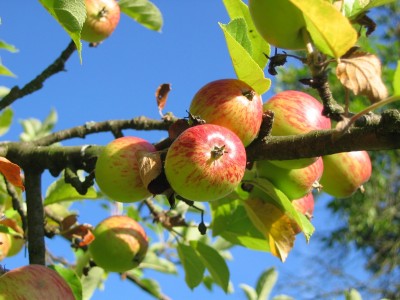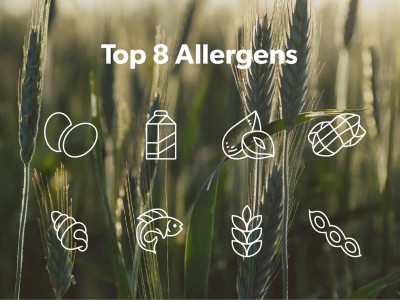What's In Your Holiday Meal?
Enjoying food is a significant part of the holidays and sharing time with loved ones, yet it leaves many people feeling guilty for getting off track of their healthy eating routine. Instead of dwelling on the guilt you may feel after overindulging, let’s take a moment to celebrate everything that our food can provide. Top nutrients that will have a presence in more than one dish this Thanksgiving include vitamins C, K, A, and B6, potassium, and fiber.
The Spread
Cranberries, green beans, and root vegetables like fennel and sweet potatoes are rich in vitamin C. Although vitamin C is often associated with citrus fruits, these foods together supply the majority of your daily need.
Green beans and pumpkin contain vitamin K, which is important for natural blood clotting and bone health.
Pumpkin, sweet potatoes, and carrots are all great sources of vitamin A, which helps with our vision, bone health, and immunity. Note: if a food has a strong yellow or orange color (like these), it’s likely loaded with carotenoids, which can be converted to vitamin A in our bodies.
The turkey and potatoes combination is powerful; both ingredients are excellent sources of vitamin B6 and potassium. Potassium is an important electrolyte that helps with fluid balance, blood pressure, muscle function, and nerve impulses. Vitamin B6 has a long list of functions including its ability to help create nonessential amino acids from essential amino acids, maintain blood sugar, and convert tryptophan (the primary amino acid found in turkey) into niacin, another B-vitamin with plenty of health benefits.
Myth buster: tryptophan does not cause the sleepiness that follows a heavy Thanksgiving meal. What’s really happening is that this amino acid stimulates serotonin creation in our brain, which regulates our sleep/wake cycles and promotes better sleep when it is bedtime.
One serving of cranberries accounts for 18% of the daily need for fiber. When accompanied by pumpkin, sweet potatoes, and carrots, you’re looking at a very fiber-rich meal that will make you feel fuller for longer. Fiber is most known for aiding a healthy GI tract, which can become increasingly important over the holidays when eating out-of-the-ordinary foods.
Make Smart Swaps Where You Can
While this nutrient profile of your favorite holiday foods is impressive, it’s important to keep in mind the amount of sugar used in entrees and sides, as this can completely derail the health benefits of the foods. Since so much sugar is used in desserts, try to cut out added sugar in other dishes, like carrots, sweet potatoes, and cranberry sauce.
Tip: Cranberries are naturally low in sugar; however, many recipes call for white sugar to reduce the tartness of the fruit. Use fresh-squeezed oranges, vanilla extract, and maple syrup to sweeten the dish without adding refined sugar.
The Key to a Happy and Healthy Holiday
Overall, practice healthy portions and eat a little of everything. This will ensure that you get the most out of your meal nutritionally and feel satisfied. Fill up your plate—these foods provide more than warm memories.



